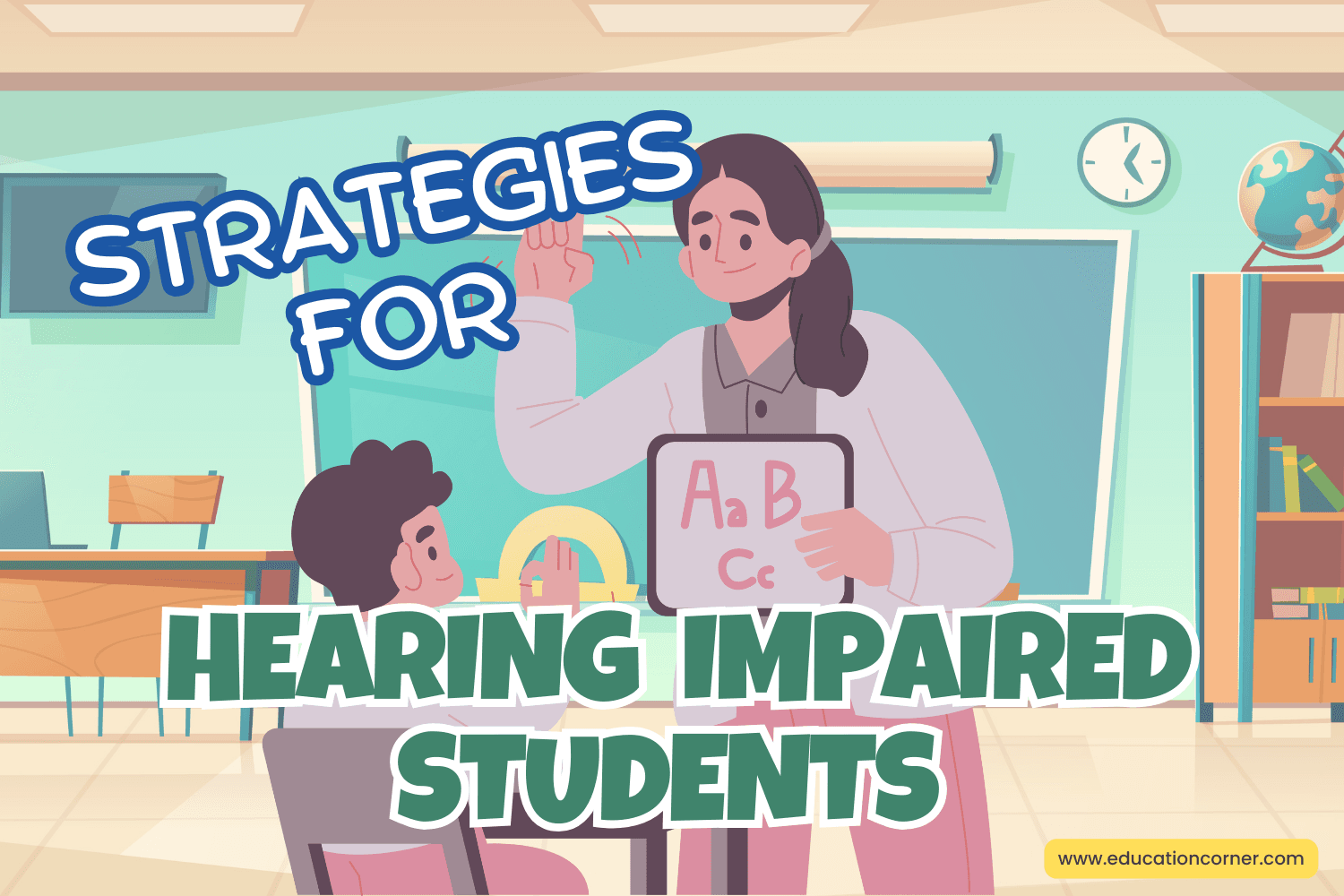Research suggests that about 3% of children suffer from hearing loss, ranging from mild to profound. Of those affected, about 10% fall into the “profound” category.
Hearing impairment can be a major obstacle to academic success, largely because it can be mistaken for other conditions. Students who are hard of hearing are sometimes misdiagnosed as having a learning disability of some kind, or are labeled as aloof or reticent. An accurate diagnosis is very important for appropriate intervention.
How to Best Support Students with Hearing Loss
Communication happens on several levels at once (words, body language, facial expressions, etc.). Remember this in the classroom, and try to make your communication as clear as possible through multiple levels. Establish eye contact, and make sure the student can see your face and lips while you speak; if your back is turned, you might as well not be talking.
If the student wears a hearing aid, speak at a natural volume. Speaking too loudly into a hearing aid can be painful.
Many adults, upon learning of a child’s hearing impairment, will overuse gestures and hand gestures and speak unnaturally. Try to avoid this. Children become very uncomfortable when they’re singled out and treated differently. It can negatively impact their social relationships as well, as other students may model your behavior and treat the hearing impaired student in the same way. Inclusion is key.
It’s your job to make sure the assignment/instructions are understood by every student. Try to avoid asking “do you understand” to your hearing impaired student too often. This can be embarrassing and demoralizing. Instead, have the student repeat your instructions back to you.
Visual aids are very useful even for students with perfect hearing. Incorporate visual aids into your lesson plans, write down instructions on the board, and have your students take notes. Also, audio/video components (videos, slide shows, PowerPoint, etc.) are an effective way to communicate information, and should be used often. Whenever possible, emphasize the visual modality of learning.
If your student uses sign language, teach some sign language to the rest of the class. This can be a great lesson in diversity and communication.
Try to reduce background noise in your classroom as much as you can, especially if the student wears a hearing aid. Hearing aids are not selective; they simply amplify ALL sound. Loud background noise with a hearing aid can be just as debilitating as no hearing aid at all.
The student likely works with a number of professionals. Depending on the severity of the hearing impairment, these professionals may include audiologists, speech therapists, sign language coaches/interpreters, etc. Communicate regularly with these professionals–and with the child’s parents/guardians–to assess progress and strategize effective teaching methods.
Remember: the student’s level of hearing ability is not related to the student’s level of intelligence. Treat the child naturally, and make sure he or she feels included in the group. Often, all that is needed is awareness when communicating, and slight accommodations made in teaching methods. By implementing these strategies, your hearing impaired student can thrive in school.

